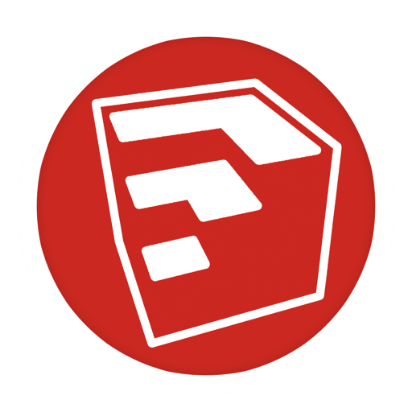3D Printing: the designing software
Once you make the leap to buy a printer, the next step is designing something to print. There are a couple of ways to approach this issue. You need to decide what your level of 3D design experience is, what you plan on designing and lastly who, if any, you will be teaching this software to. Like most technology, 3D software comes with a learning curve depending on your level of exposure.
If you plan on teaching this software to a classroom, Tinkercad and SketchUp are good 3D softwares to start with. They are both free to download and work with most 3D printers. Tinkercad is the better option for younger students or students just starting out with 3D printing. It has the benefit of being web-based and provides pre-built shapes to work with making 3D designing much simpler. SketchUp is more suitable for older students or students with a solid understanding of 3D shapes and designs. There are no pre-built shapes in SketchUp, so students design from imagination, using the tools to build and shape their designs.
grade recommendations
Tinkercad
Grades 2 & Above
Suitable for adults
Recommended for Beginners
SketchUp
Grade 6 & Above
Suitable for Adults
Breakdown of SketchUp and Tinkercad
Sketch-up vs. tinkercad
google sketch-up
THE PROS:
1. It's totally free design--you draw from your head exactly as you want.
2. No limitations as to shape, letters, etc.
3. Ability to import pictures and trace them into 3D objects.
THE CONS:
1. If you're new to 3D design, the learning curve is steep.
2. You will always have to test the volume of your object and whether it is solid. if it isn't, the process to fix it can be frustrating and time consuming.
SketchUp is a desktop based platform. It has a free version as well as a paid component. It is Windows and Mac compatible and non-browser specific. Newer versions of SketchUp are not back-compatible with older versions.
Tinkercad





THE PROS:
1. If you're new to 3D printing, the learning curve is small. You can start designing immediately.
2. Objects are ALWAYS solid.
3. There are a number of tutorials on-site that easily teach the tools of the software.
4. There is a LARGE community of open-share tools and support.
THE CONS:
1. There is no ability to import pictures and trace them into 3D objects.
2. There is less freedom to free design. All drawing is done with pre-drawn shapes and letters. Letters and shapes can be tweaked and modified, however.
Tinkercad is a web-based platform. You will need a valid email address to create an account and be at least 13 years of age (there are workarounds for this, i.e. for younger audiences). It is Windows and Mac compatible and normally not browser specific, though it works best on Chrome.

